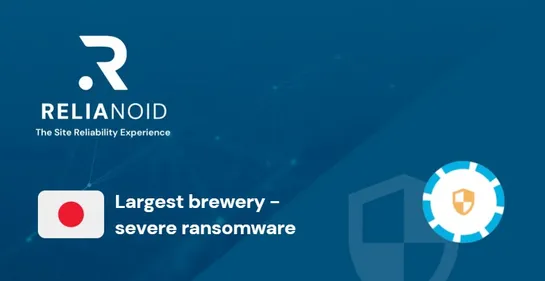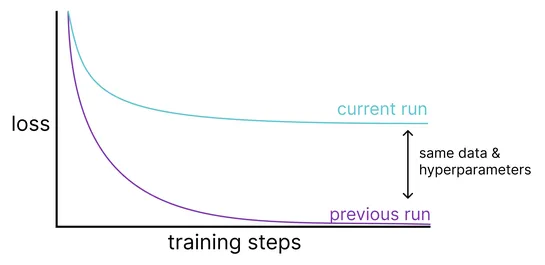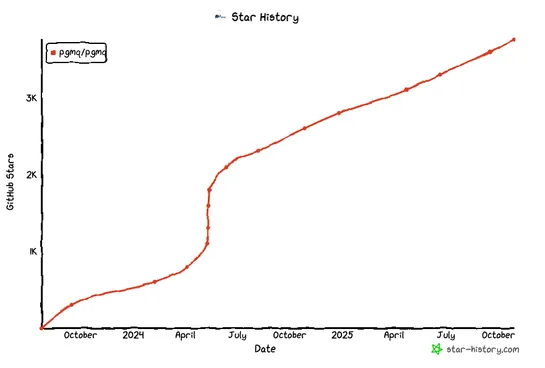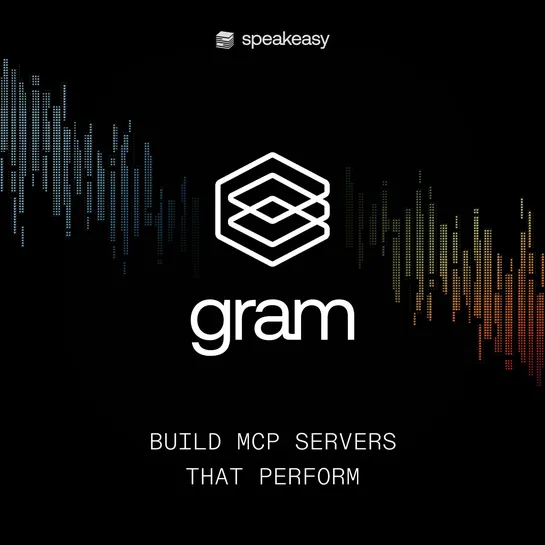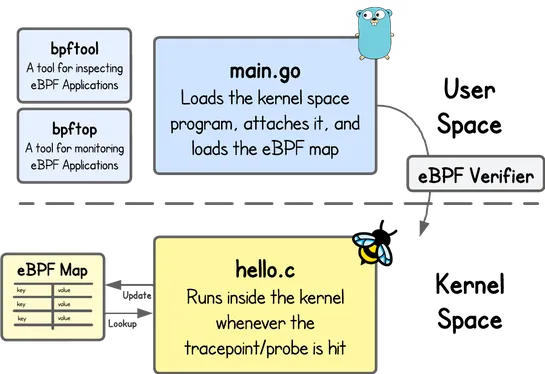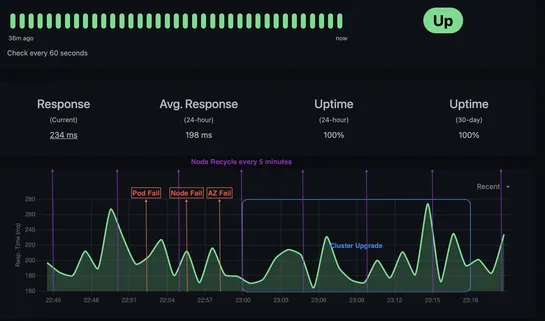🍺 Cyberattack on Asahi Group: A Wake-Up Call for Japan’s Industrial Sector
Just after Japan’s new Active Cyberdefence Law (ACD Law) came into effect — a major step toward reshaping the country’s cybersecurity posture — Japan’s largest brewer, Asahi Group, has suffered a ransomware attack that disrupted production and logistics nationwide. ⚠️ This incident starkly illustrat..

